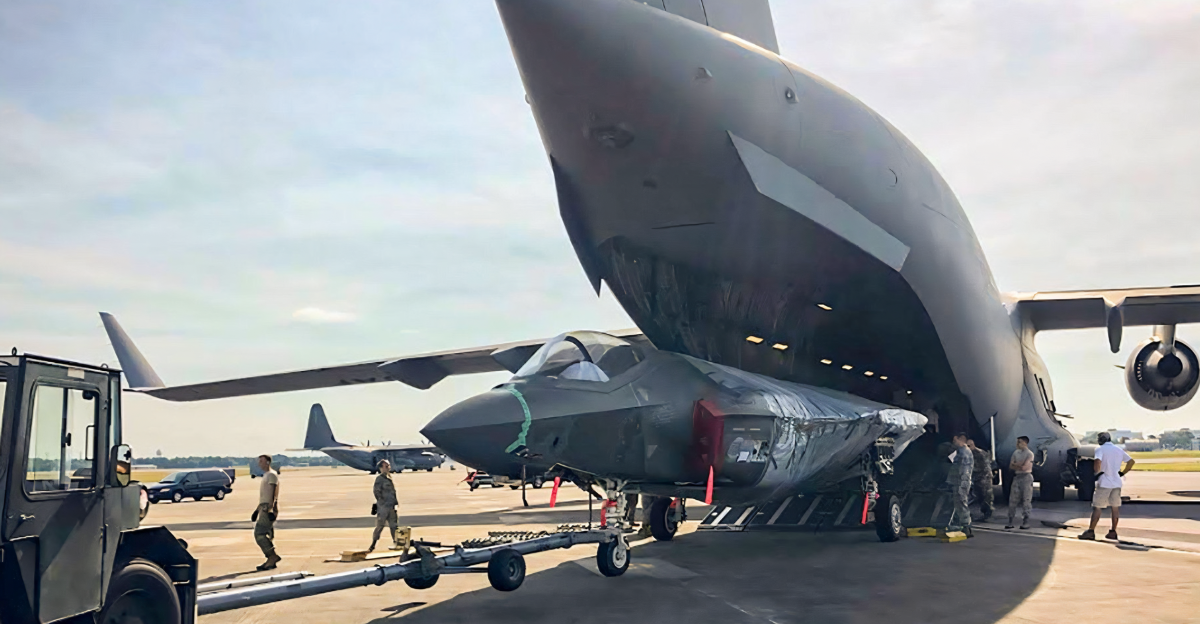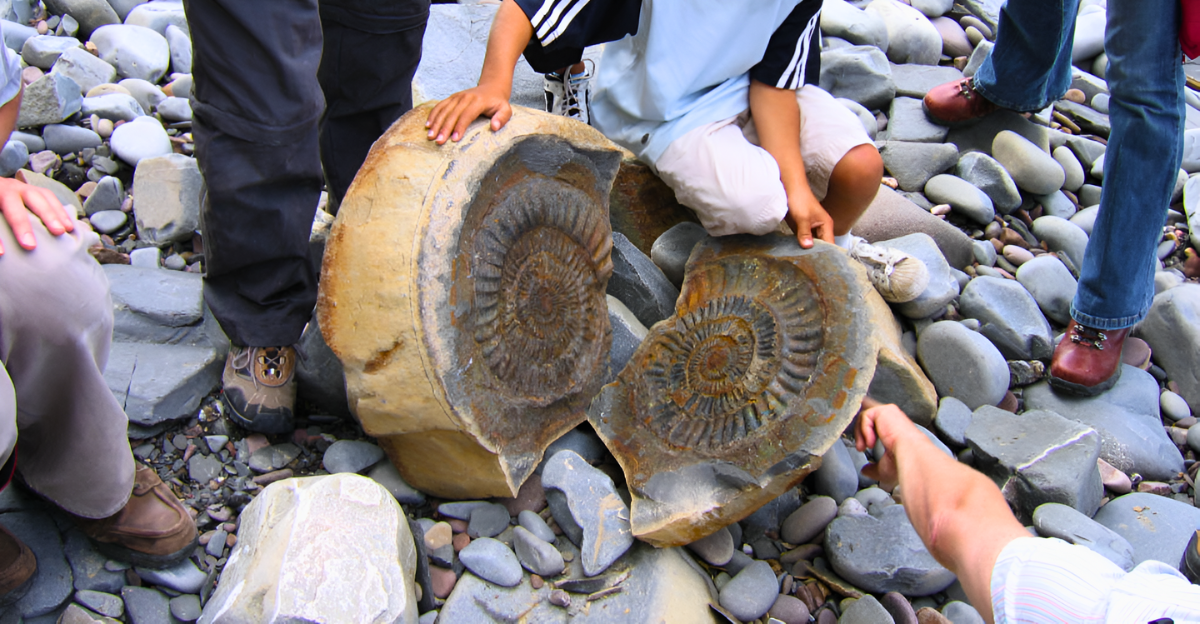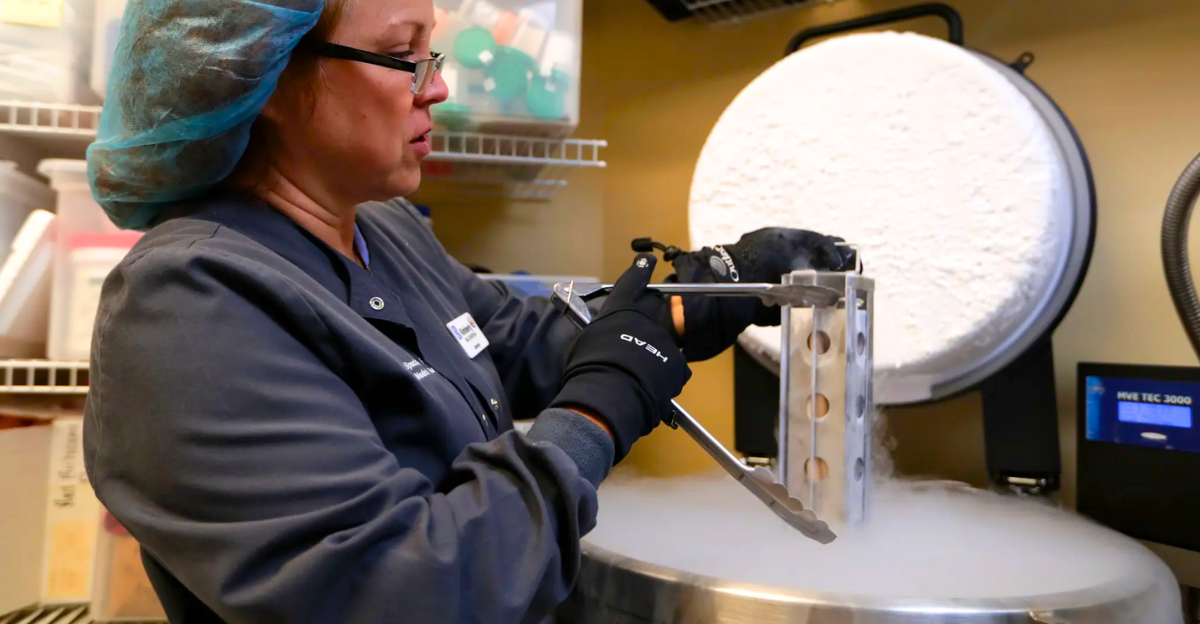
A remarkable new fossil of Archaeopteryx is challenging long-held beliefs about dinosaur locomotion and the origins of flight. Known as a crucial link between terrestrial dinosaurs and modern birds, this specimen offers unprecedented details about early flight evolution. Dr. Oliver Rauhut from the Bavarian State Collection for Paleontology says it represents “the finest details for understanding the early evolutionary stages of flight.” These findings shed light on how flight developed, bridging the gap between ground-dwelling dinosaurs and airborne species, and may rewrite our understanding of this critical evolutionary transition.
The Evolutionary Significance of Archaeopteryx: The First Bird
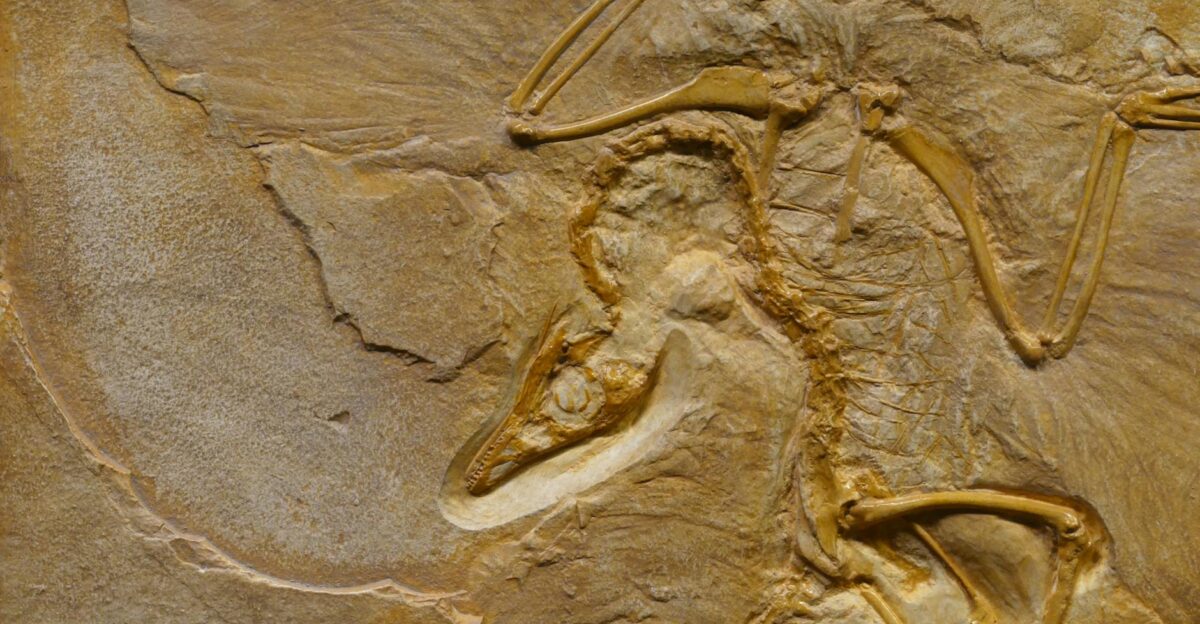
Archaeopteryx is a key link between dinosaurs and modern birds, often called the “first bird.” Living 150 million years ago during the Late Jurassic, it was discovered in Germany’s Solnhofen limestone, famous for well-preserved fossils.
This creature combined reptilian traits like teeth, clawed fingers, and a bony tail with avian features such as feathered wings. Recent fossil discoveries reveal detailed feather structures and adaptations, shedding light on its flight capabilities. Dr. Angela Milner described it as “a crucial evolutionary threshold,” highlighting its role in understanding the origins of bird evolution.
Feather Structures Built for Functionality

This fossil reveals remarkable feather adaptations for flight, showing features similar to modern birds. Researchers identified sturdy, asymmetrical feather shafts—a key trait for aerodynamic efficiency. Asymmetry helps generate lift and maintain stability during powered flight.
The primary feathers are long, robust, and feature interlocking barbs, creating a smooth surface to reduce air resistance and enhance maneuverability. “These feathers demonstrate extraordinary adaptations for powered flight,” notes Dr. John Nudds, paleontologist at the University of Manchester. This discovery highlights a significant evolutionary step, showcasing advanced flight control beyond basic gliding.
Wings That Define Early Flight Innovations

The wings of Archaeopteryx reveal critical adaptations for powered flight, marking a key transition between feathered dinosaurs and modern birds. Analysis of its bone structure and joint articulation indicates it could produce active downstrokes instead of relying solely on passive gliding, a significant evolutionary milestone.
Using advanced X-ray imaging, Dr. Dennis Voeten and his team demonstrated these mechanics, publishing their findings in Nature Communications (2018). Voeten explains, “Our evidence points toward active flight capabilities in Archaeopteryx.” Though less advanced than modern birds, its wings highlight the evolution of controlled, flapping flight.
Endoskeletal Traits Indicating Flight Readiness
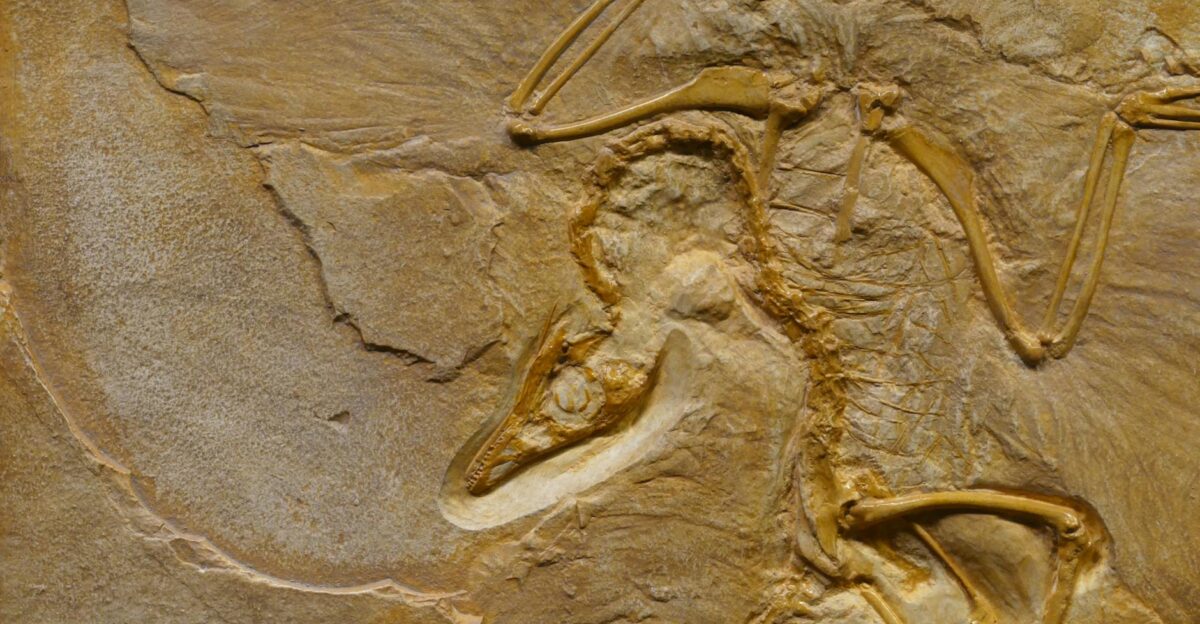
Archaeopteryx had key skeletal traits that supported flight or gliding. Its lightweight, hollow bones reduced body weight while maintaining strength. Micro-CT scans reveal thin bone walls and internal struts, optimizing the strength-to-weight balance.
While its sternum was less developed than that of modern birds, it still provided attachment points for flight muscles. Additionally, elongated forelimbs, flexible wrists, and shoulder joints allowed for flapping or controlled gliding. These traits suggest that Archaeopteryx was capable of limited flight, marking a significant step in avian evolution.
Enhanced Sensory Abilities for Aerial Navigation

The inner ear structure of Archaeopteryx, a key component for balance and spatial orientation, reveals fascinating insights into its ability to fly. According to Dr. Lawrence Witmer, a paleontologist at Ohio University and expert on dinosaur sensory systems, the well-developed semicircular canals in its ear were essential for stabilizing its head and navigating during flight. This advanced sensory adaptation suggests that flight was not just a theoretical capability for Archaeopteryx but an active part of its behavior, supporting its role as a transitional species between dinosaurs and modern birds.
Bridging the Gap in Flight Evolution

This discovery provides key insights into the evolution of flight, revealing how modern birds developed their unique abilities. According to Dr. Steve Brusatte, evolutionary paleontologist at the University of Edinburgh, “Archaeopteryx is strong evidence that flight developed step-by-step, with initial forays likely involving short flights or leaps.”
Early bird ancestors may have used feathered limbs for gliding or controlled falls before powered flight emerged. The fossil bridges the gap between land-bound theropods and avian flyers, showcasing the intricate relationship between anatomy, behavior, and environment in this transformation.
Debate on the Dynamics of Early Flight

Scientific debate continues over Archaeopteryx’s flight abilities, with researchers divided on whether it was capable of powered flight or limited to gliding. Studies of its feather structure and wing proportions suggest it may have generated lift for short powered flights, akin to modern birds (Voeten et al., 2018).
However, its weak breastbone and limited flight muscle development suggest it was more suited to gliding, relying on air currents (Ostrom, 1976). This ongoing debate reflects the complexity of interpreting fossils and understanding the evolutionary shift from non-avian dinosaurs to birds.
Preservation Elevates Scientific Insight

This fossil’s state of preservation is remarkable, allowing unprecedented study of even microscopic details. Dr. Helmut Tischlinger, who specializes in UV imaging of fossils, told Science News, “The feather imprints preserved on this specimen are the most distinct ever observed, revealing features vital for aerodynamic efficiency.” Such preservation enables scientists to reconstruct flight mechanics with new clarity.
Implications for Paleontological Research

According to Dr. Julia Clarke (University of Texas at Austin), “Technological advances now allow us to ask questions about flight evolution that were unthinkable two decades ago.” This breakthrough highlights how cutting-edge tools are transforming our understanding of prehistoric life. The fossil not only illuminates the past but also opens new avenues for paleontological research, enabling scientists to explore the intricate mechanisms behind the origins of flight and uncover evolutionary links that were previously inaccessible.
Broadening Perceptions of Dinosaur Life

Dinosaurs, often regarded as colossal ground-dwelling creatures, were far more adaptable and inventive than once believed. The discovery of Archaeopteryx shows that Mesozoic life explored a variety of ecological opportunities, including the skies. This reveals that dinosaurs were not confined to traditional roles but continually evolved to occupy new niches.
“Each find expands our understanding of dinosaur behavior and adaptability,” says Dr. Paul Barrett of London’s Natural History Museum. Paleontologists continue to uncover evidence of their surprising diversity and ingenuity, proving there is still much to learn about these ancient creatures.
What the Future Holds for Flight Evolution Studies

The future of flight evolution studies offers exciting advancements as researchers use 3D modeling, biomechanics, and genetic analysis to uncover how flight developed in birds, insects, and other species. These findings could inspire innovations in aviation and robotics by mimicking nature’s efficient flyers. Dr. Xu Xing, a leading paleontologist, emphasizes the importance of new fossil discoveries in reshaping our understanding of flight origins. The Archaeopteryx fossil remains key evidence that dinosaurs took to the skies, fueling ongoing research and fascination into this evolutionary milestone.

